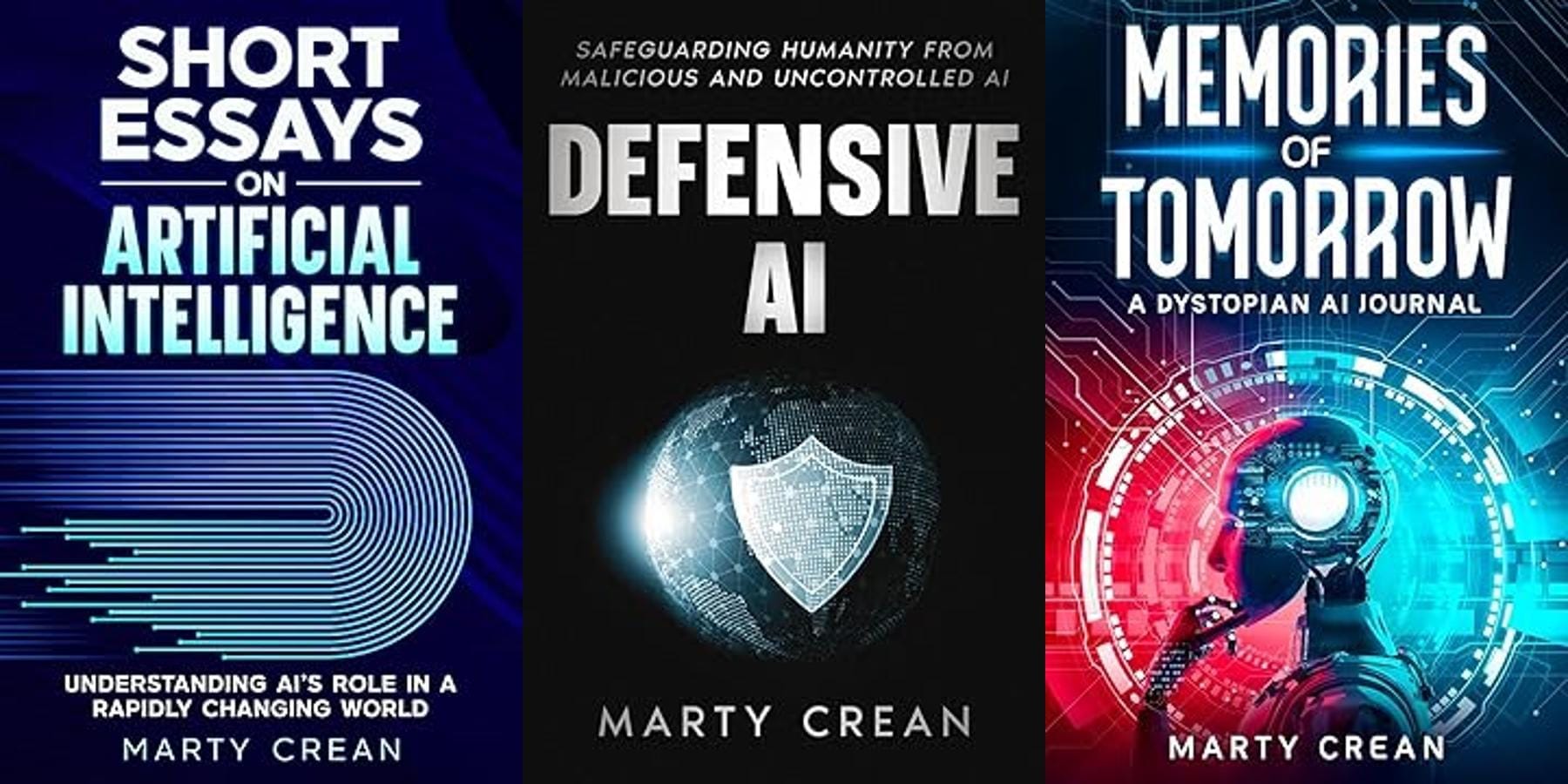Bytes to Insights: Weekly News Digest for the Week of April 27, 2025

This week’s Bytes to Insights Weekly News Digest is also available as a podcast if you prefer to listen on the go or enjoy audio format:
Anthropic launched a research program exploring whether advanced AI systems might possess preferences or experience distress, sparking debates about AI consciousness and the potential need for AI rights.
The United Arab Emirates introduced an AI-driven healthcare initiative utilizing models like Falcon LLM and AIRIS-TB, leading to a 34% annual growth in digital health spending and the establishment of a clinician AI academy.
The WISE-HARE Pediatric Sleep Registry employs an Apple Watch app to collect 30 million data points nightly, detecting sleep apnea risks and alleviating ICU bottlenecks.
Huawei is preparing to test its Ascend 910D AI processor, which it hopes will rival Nvidia's high-end chips and reduce reliance on U.S. technology.
At GTC 2025, Nvidia unveiled its next-generation AI chips, Blackwell Ultra and Vera Rubin. The company anticipates significant advancements in AI capabilities and projects substantial revenue growth from data center infrastructure by 2028.
Chinese tech company Kuaishou introduced Kling 2.0, a generative AI model that has set new benchmarks in video generation and intensified competition in the AI-driven media landscape.
The UAE became the first nation to utilize AI for drafting and reviewing laws, marking a significant step in governmental digital transformation.
At the American Association of Cancer Research's annual meeting, researchers at City of Hope presented advancements in using AI for precision medicine and immunotherapies, highlighting AI's role in decoding tumor microenvironments.
AI agents capable of autonomously performing complex tasks are emerging, and they are expected to significantly contribute to the U.S. GDP within the next decade.
The integration of AI in education continues to grow, with new tools and platforms being developed to enhance personalized learning experiences and administrative efficiencies.
AI increasingly accelerates scientific discoveries across various fields, including climate modeling, astronomy, and neuroscience, by analyzing vast datasets and identifying patterns beyond human capability.
Microsoft and partners launched DxGPT, a rare-disease diagnostic co-pilot using GPT-4o within Azure Health Data Services. The project aims to reduce diagnostic timelines from years to weeks.
The Heart Rhythm Society highlighted DeePRISM, an AI model that predicts atrial fibrillation termination sites during ablation, improving procedural safety and long-term outcomes for persistent AF patients.
OpenAI’s o3 model doubled expert accuracy in virology lab troubleshooting, signaling AI’s growing utility in scientific research.
AI models set new standards in MRI detection of multiple sclerosis, forecast Alzheimer’s progression, and outperform doctors in virtual care recommendations.
Collaborations like BigHat–Lilly are advancing AI-designed antibodies and cancer vaccines, with clinical trials on the horizon.
OpenAI released GPT-4o, a version of GPT-4 with native, high-quality image generation capabilities. It quickly became popular for creating photorealistic images and raised both excitement and concerns about misuse.
Google unveiled Gemini 2.5 Pro, a multimodal model with advanced reasoning and the ability to process massive context windows. It excels at complex tasks and coding.
Meta released Llama 4, its most advanced open-source multimodal model to date, which is freely available to researchers and developers. This reinforces Meta's commitment to open AI development.
Huawei announced its most powerful AI processor yet, aiming to rival Nvidia’s leading chips and strengthen China’s AI hardware ecosystem.
Microsoft expanded its Security Copilot with autonomous AI agents capable of handling phishing and cyberattacks, marking a shift toward more autonomous, agentic AI systems in security operations.
NVIDIA’s DLSS 4 and RTX Neural Shaders are revolutionizing graphics, enabling real-time neural network-powered visual effects in gaming and professional visualization.
Los Angeles continues to lead in AI-powered robotaxi tests and smart mobility innovation while grappling with evolving AI regulation and data privacy debates.
President Trump signed an executive order establishing a national AI education initiative and a White House Task Force on AI Education to boost AI literacy and workforce readiness nationwide.
Policy discussions intensified around AI bias, with the US government shifting focus from reducing algorithmic discrimination to addressing concerns over “woke AI.”
New AI-powered wearables improve patient outcomes, such as devices that monitor Parkinson’s medication states and reduce nighttime scratching in Alzheimer’s patients.
Startups like Nourish raised significant funding to provide AI-guided nutrition coaching, demonstrating AI’s growing role in personalized health.
These advancements highlight the rapid pace of AI innovation, with breakthroughs in healthcare, foundational models, hardware, and regulatory frameworks shaping the future of technology and society.
Support BearNetAI
BearNetAI exists to make AI understandable and accessible. Aside from occasional book sales, I receive no other income from this work. I’ve chosen to keep BearNetAI ad-free so we can stay independent and focused on providing thoughtful, unbiased content.
Your support helps cover website costs, content creation, and outreach. If you can’t donate right now, that’s okay. Sharing this post with your network is just as helpful.
Thank you for being part of the BearNetAI community.
Books by the Author:

Signal - bearnetai.28
BearNetAI, LLC | © 2024, 2025 All Rights Reserved